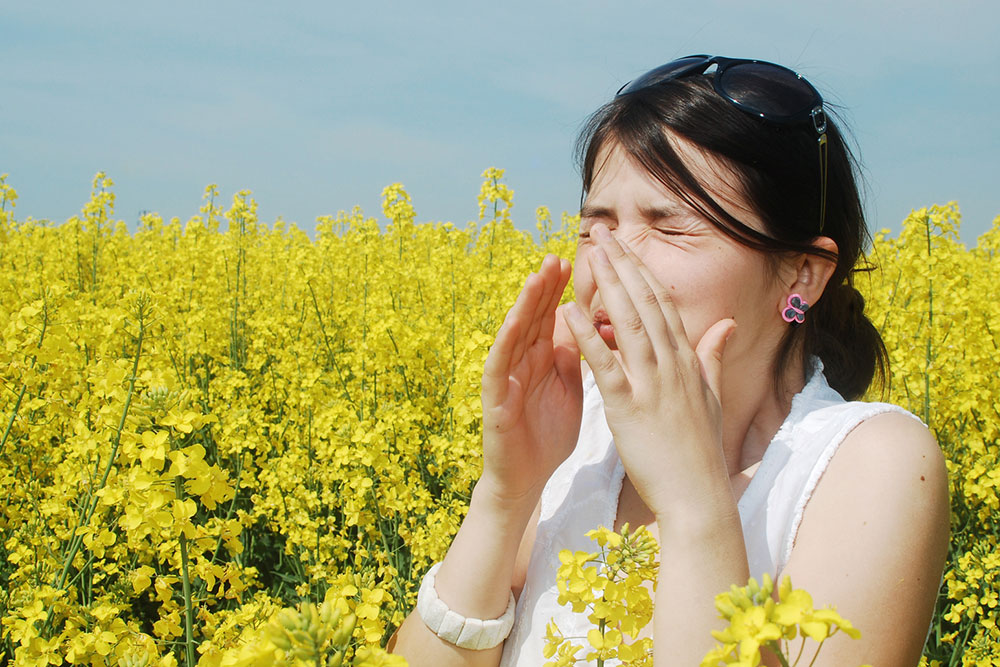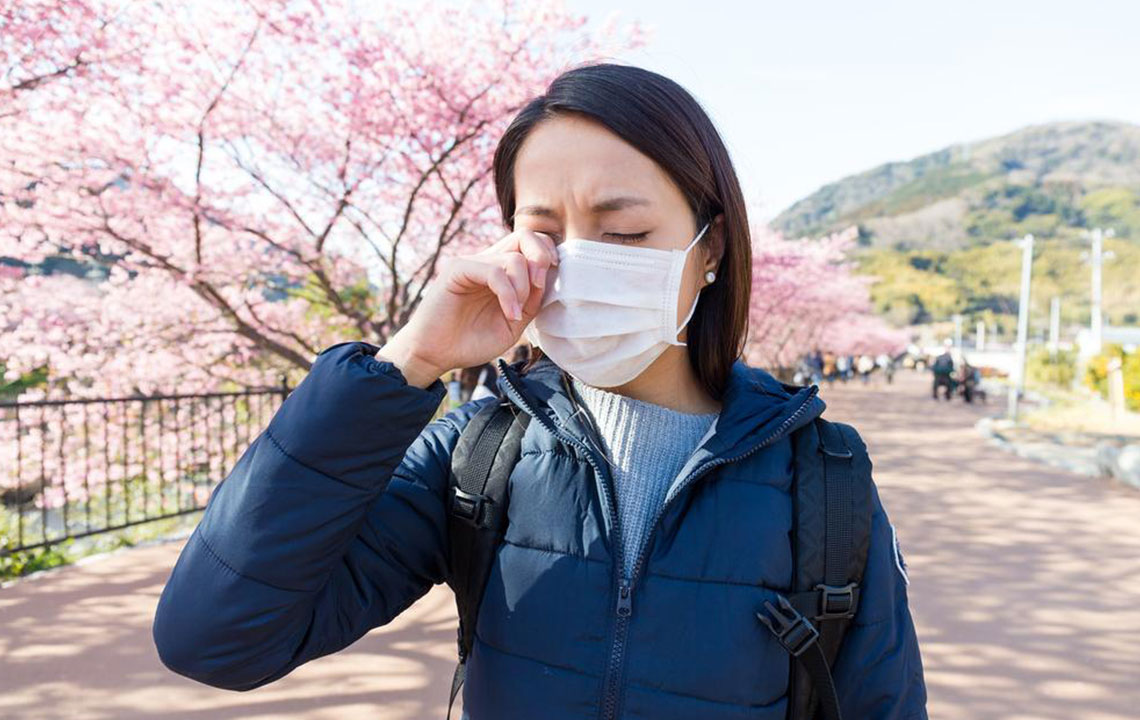Understanding How Ragweed Allergies Impact Your Health
Explore how ragweed allergies affect your body, including symptoms in the eyes, nose, throat, and ears. Learn about treatment options and how climate changes are extending pollen seasons, increasing allergy severity. This comprehensive overview helps allergen sufferers understand and manage their symptoms effectively.

Understanding How Ragweed Allergies Impact Your Health
Ragweed pollen triggers allergic reactions in many individuals. Discover how these allergies can influence your body.
Ragweed is a common weed with soft stems, thriving across the United States. There are at least 17 species native to North America. These plants are especially prevalent in the Eastern and Midwest regions, with peak blooming from August to November. During this period, ragweed releases vast amounts of pollen into the air, significantly increasing airborne pollen levels, particularly in mid-September.
According to the Asthma and Allergy Foundation of America, approximately 20-25% of Americans are allergic to ragweed. As a leading cause of seasonal allergies, ragweed pollen activates the immune system, which mistakenly identifies it as a harmful substance. The body responds by releasing chemicals to combat the allergen, resulting in allergic reactions often termed hay fever or allergic rhinitis. These reactions produce various symptoms associated with ragweed allergies.
Eye-Related Allergic Reactions
Those allergic to ragweed often experience symptoms involving the eyes, such as tearing, itchiness around the eyes, and redness. Prolonged exposure may lead to tired, swollen, and dark-circled eyes. Using eye drops can help ease some of these discomforts.
Over-the-counter eye remedies, like drops, may provide relief from irritation.
Symptoms Affecting the Nose
Ragweed exposure commonly causes nasal symptoms, including itching, a runny nose, and sneezing. These early signs can progress to nasal congestion, sinus pain, and sometimes sinus infections. Individuals with asthma are particularly vulnerable, experiencing more severe and frequent asthma attacks during pollen season. Relief options include nasal sprays, decongestants, and saline rinses.
Nasal sprays and decongestants can help alleviate nasal symptoms.
Throat and Oral Symptoms
Initial symptoms may include a sore or itchy throat, which can develop into coughs over time. Ragweed can also cause mouth dryness and itchiness, often diminishing taste sensitivity. OTC lozenges can help soothe throat discomfort caused by allergies.
Lozenges and sore throat remedies can mitigate throat irritation.
Additional Common Signs
Other affected areas may include the ears, which can experience infections and clogged sensation. Headaches, irritability, fatigue, and concentration issues are also common among allergy sufferers. Most ragweed symptoms are manageable with antihistamines. In rare cases, allergic eczema may occur, presenting as itchy, blistering rashes that take weeks to heal. Exposure to irritants like cigarette smoke, pollution, and strong odors can worsen symptoms. Climate changes have extended pollen seasons, increasing exposure and allergy severity, as noted by the EPA.










